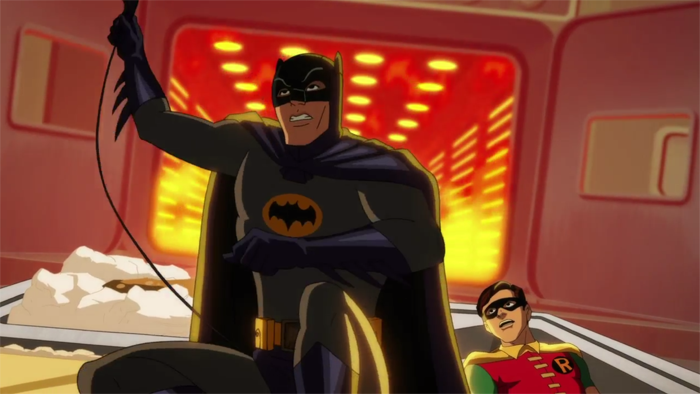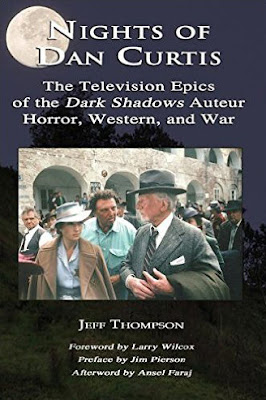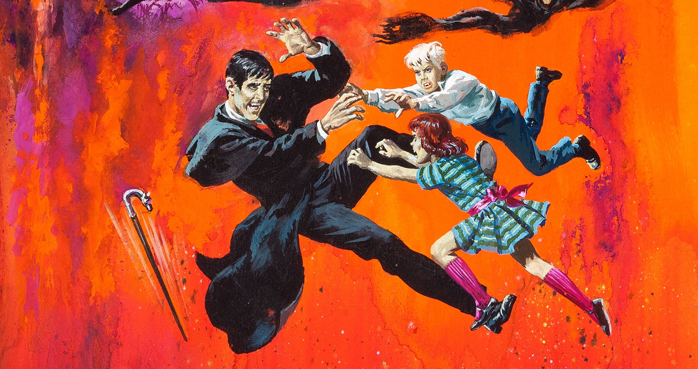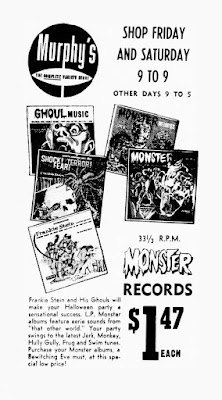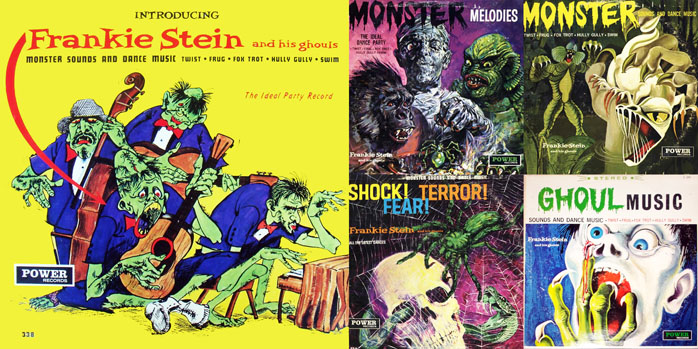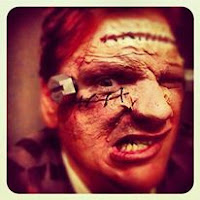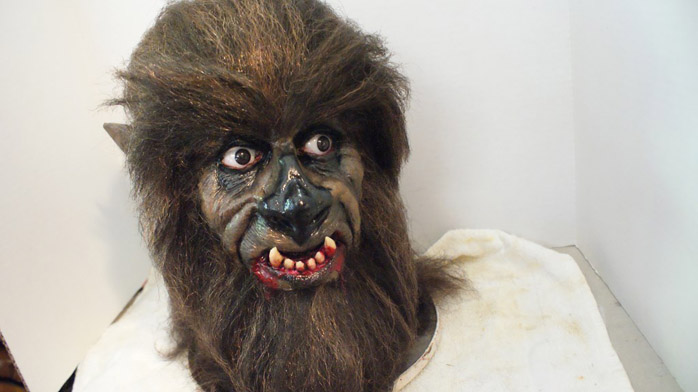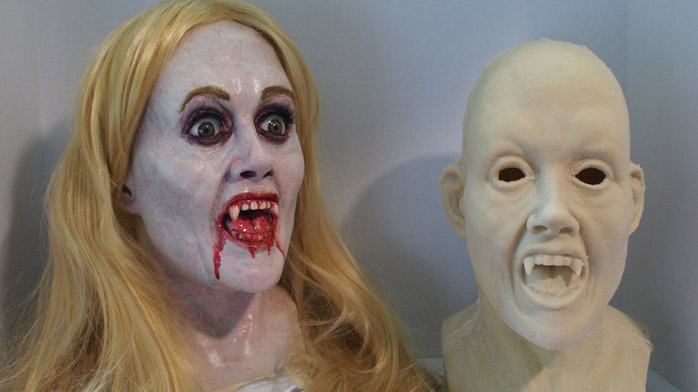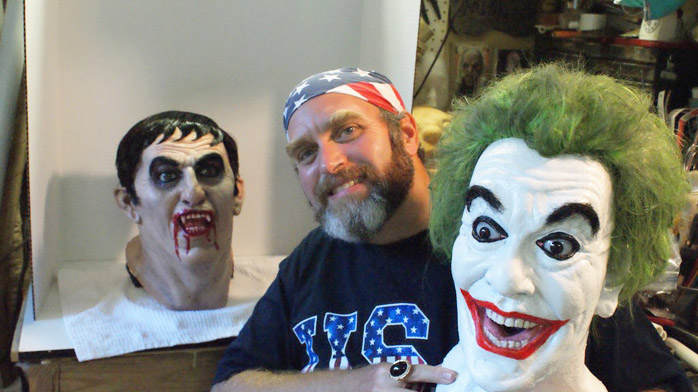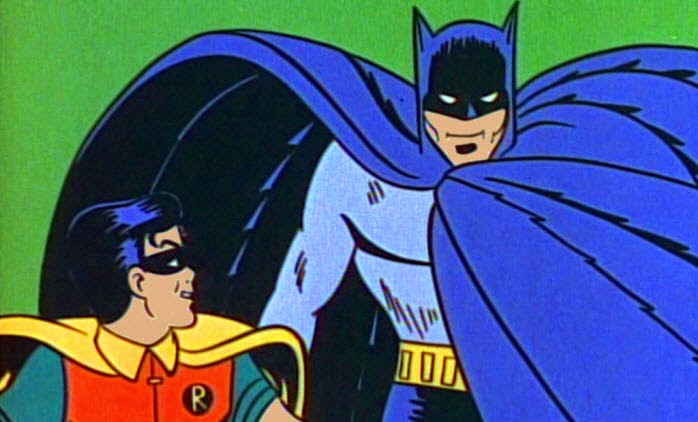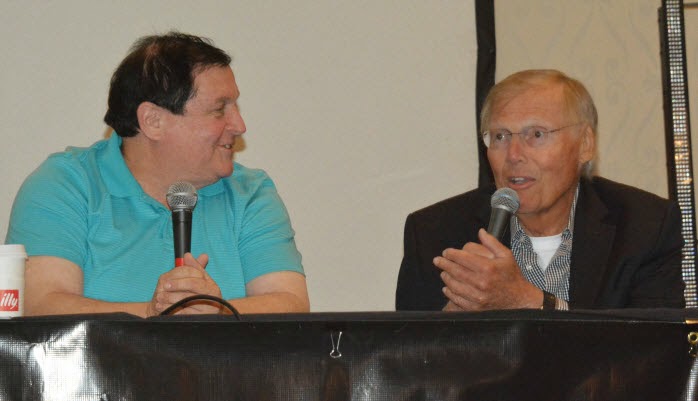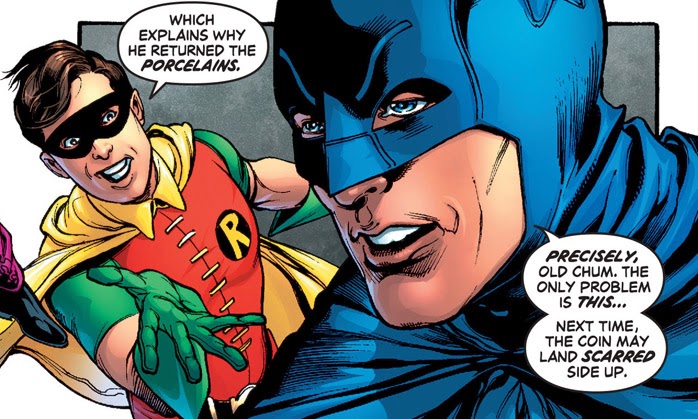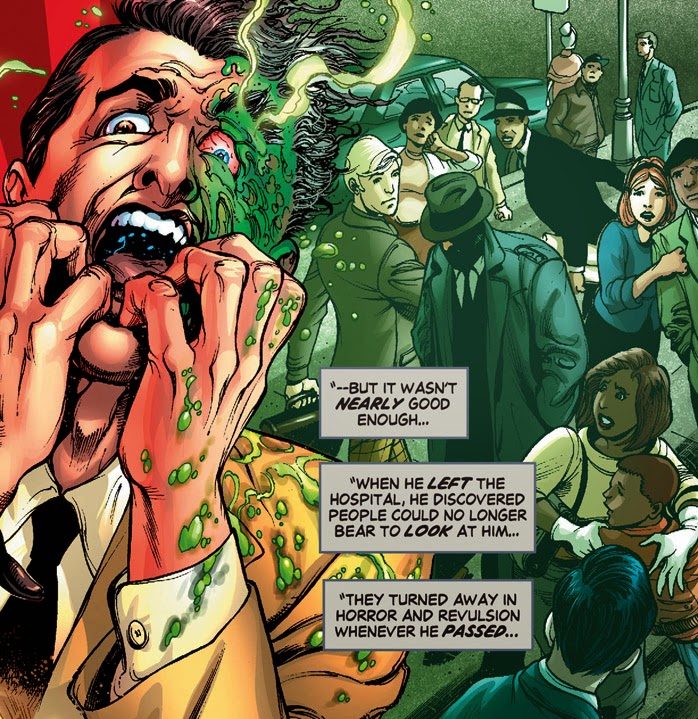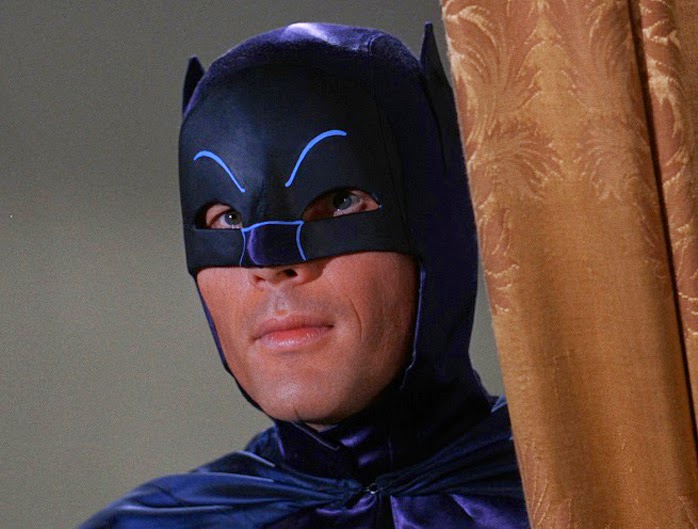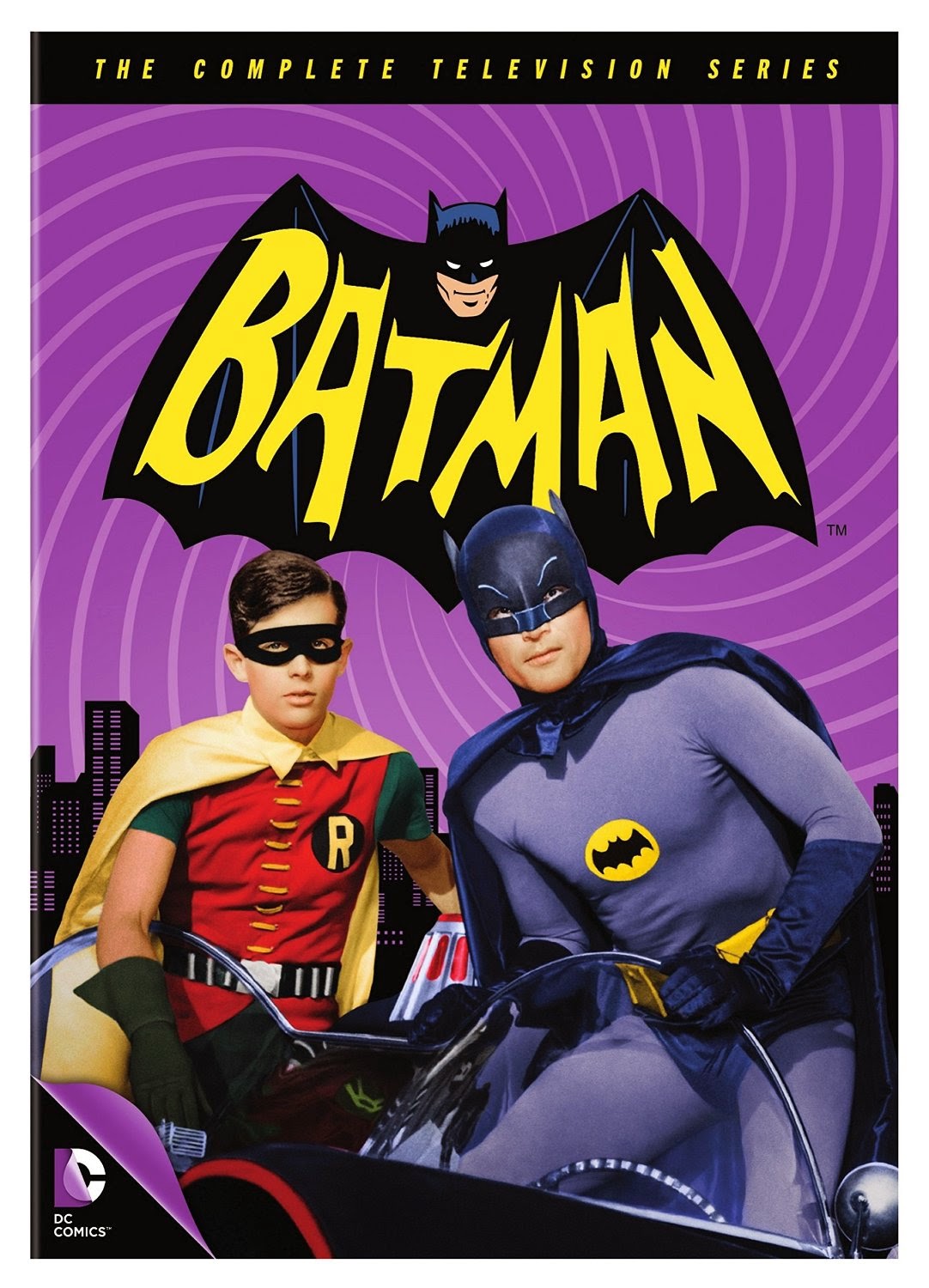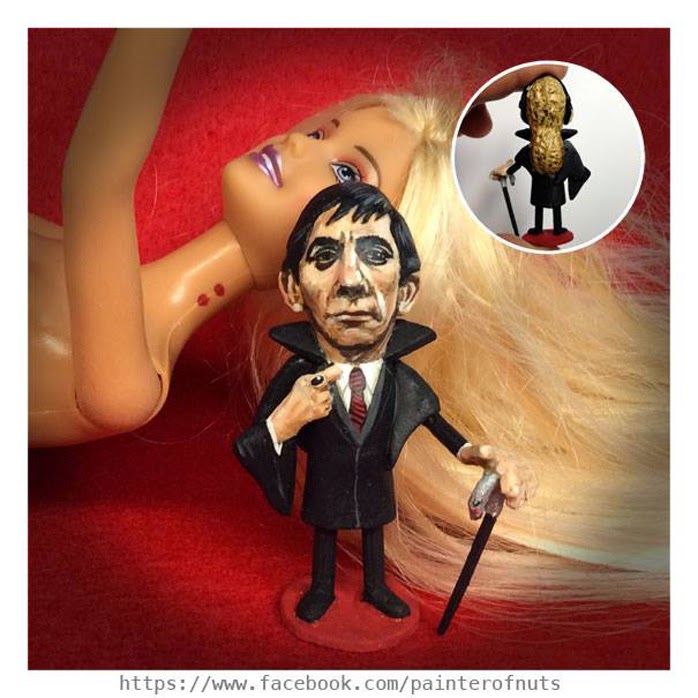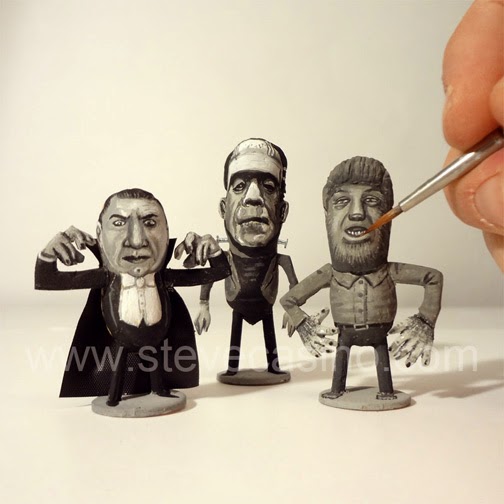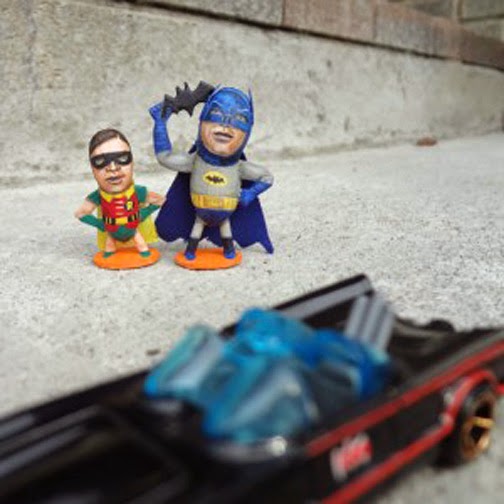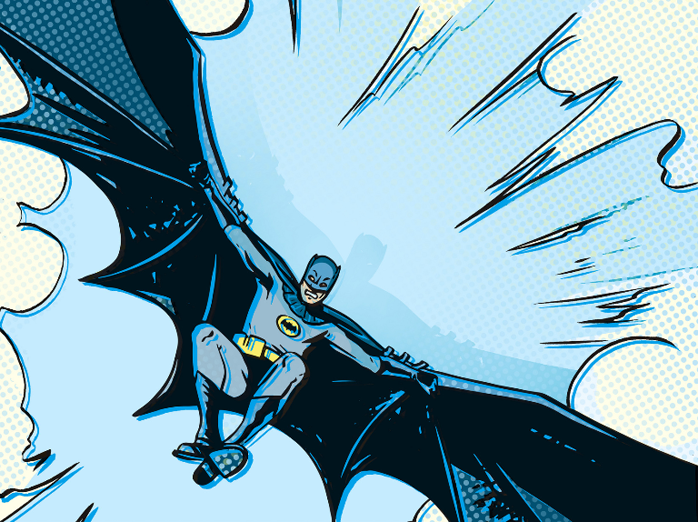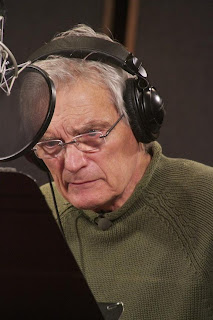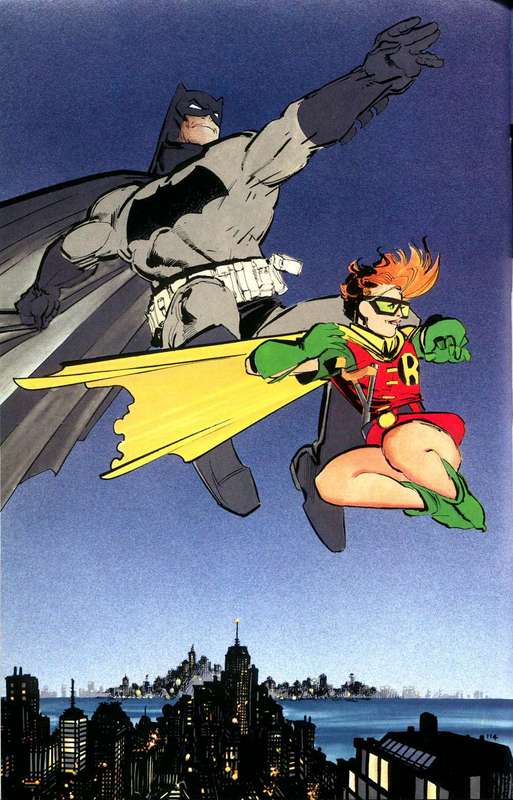I pulled the trigger this week and bought my first digital comicbook. It's been a long time coming for a variety of reasons. Loyalty has something to do with it, specifically a loyalty to a format I've enjoyed for almost my entire life. Stuffed between the pages of family photo albums are pictures of me, about three years old, holding a copy of
Superman #287. It's the issue that returned
Krypto (AKA "Superdog") to Superman comics after the publisher kept the animal busy chasing comets in space for several years. DC Comics has a long history of dropping Krypto off at the editorial animal shelter, only to welcome him home after a change of heart many years later. A humane society could probably file a successful custody suit against DC over the animal's welfare.
The fact that I'm this aware of the editorial content of a comicbook I haven't laid eyes on in almost 40 years should tell you everything you need to know about why I'm resistant to digital comicbooks. Comics, especially
superhero comics, are a perfect marriage of format and content. It's revealing that, after more than 80 years of life, outside media
are just now beginning to catch up to the storytelling possibilities presented by comics. I think the economic realities of Hollywood will eventually bring this relationship crashing down, but cultural shifts during the last few decades have also created some unpleasant realities in the comic market. The format has been gradually ghettoized, a situation that has been facilitated by desperate, unimaginative publishers interested in nothing more than squeezing every penny from a rapidly dwindling audience. When you marry bad comics to the lazy, adversarial relationships that some comicbooks stores have with their customers ... well, let's just say the future looks bleak.
So, I'm not doing cartwheels over the idea of reading
any mainstream comics right now, let alone digital versions of those same books.
The announcement of
BATMAN 66 got my attention, though. 20th Century Fox and Warner Bros have been
quietly mending legal fences over the last few years, paving the way for a slew of new products related to the ADAM WEST/BURT WARD TV series. BATMAN 66 is a new comicbook series based on that show, an idea that is both
difficult and
easy to screw up. While the concept sounds like a no-brainer, DC Comics has developed a reputation as a publisher capable of fucking up a wet dream. During the last few years, they rarely meet a terrible idea they don't fall madly in love with.
Even worse, BATMAN 66 is being published as a digital-only comicbook, which put up yet another barrier between me and their products. My plan was to wait and see how the book was received, and possibly buy the trade paperback collection later in the year if/when it materialized.
And then those bastards had to go and price the book at
99 cents.
My recent trip to the
HeroesCon in Charlotte, N.C., had me thinking again about comics, especially after such wonderful discoveries as
AMERICAN BARBARIAN and the latest installments of HENRY AND GLENN FOREVER. So, in a moment of weakness, I splurged 99 cents on the first issue of
BATMAN 66.
Then, a few minutes later, I spent another 99 cents on
issue #2. These were the best $2 I've spent on comics in a long, long time.
Much like the late, great
THE BATMAN ADVENTURES, BATMAN 66 eschews a monolithic reverence of continuity in favor of telling a whopping good tale. The first two issues are part of a larger arc, but one that harkens back in style and substance to the '60s television show in a way that never feels condescending or pandering. It also ignores the TV show's technical restraints to deliver some bang-up action sequences that
also feel
in character. Unlike the unhinged
"Season 8" BUFFY THE VAMPIRE SLAYER comics (which had a budget-unconscious approach that led to out-of-character moments such as giant robots slugging it out in downtown Tokyo) writer Jeff Parker and artist
Jonathan Case have created a Batman book that
feels right. It's not only true to the TV show, but to the character, as well.
Frank Gorshin’s Riddler is tapped for the first issue's badguy, which is appropriate given that he was also the first villian to appear on TV show. The Riddler appears to die in the climax of the first issue, which is devoted almost entirely to a dramatic fistfight on the wing of an airplane. This seeming death leads directly into a deeper mystery involving a
possibly reformed Catwoman in the next issue. It's fun, it's funny and I can't wait to see where this series goes next.
The version I read was formatted for the iPad, and I suspect the reading experience will vary between devices. On the iPad, the panels were animated in a way that leads the reader along, connecting word balloons and transitions in a way that was vaguely disturbing. Layout and design is an often overlooked part of comic art, even though it's an absolutely essential part to visual storytelling. During the
Pin-Up Artist Revolution of the 1990s, though, layout and design became less valuable than ever, and the sad truth is that too many aspiring comic artists would rather be
TODD MCFARLANE than
J.H. WILLIAMS. Having the iPad take me by the hand and reveal the story in tidbits simply feels like a step in the wrong direction for comicbooks. It's a microcosm form of design that requires less from an artist, in much the same way a Twitter "tweet" requires less from a writer. (That's a criticism of the format, and not of the work done in this comic.)
That's not to say it was an unpleasant experience. The story and art are terrific, which is what matters the most. It was just weird to read a high-tech comic created for a generation raised on smartphones, energy drinks and wi-fi instant gratification. The iPad format doesn't let you progress in a story without touching each panel on the screen multiple times, and that's a cheat if you're trying to keep a reader involved. It mostly unsettling in retrospect, and I can't fault the publisher for experimenting with the format. It's
way past time for comics to get aggressive in their pursuit of readers. I'm just not sure that fake interactivity is the way to go.
NOTE: If you want to read BATMAN 66 for yourself, here are a few options:

